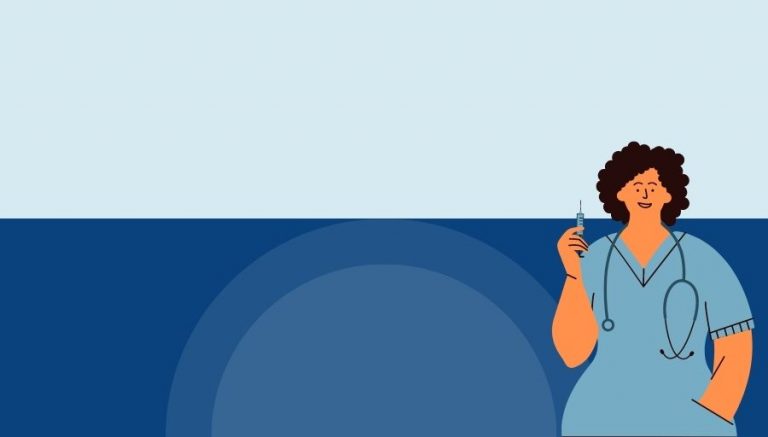How To Use CPT Code 88173
CPT 88173 describes the evaluation and interpretation of a cytopathology specimen obtained through a fine needle aspirate. This article will cover the description, procedure, qualifying circumstances, appropriate usage, documentation requirements, billing guidelines, historical information, similar codes and billing examples.
1. What is CPT Code 88173?
CPT 88173 can be used to describe the evaluation and interpretation of a cytopathology specimen obtained through a fine needle aspirate. This code is used when a lab analyst performs the technical steps to analyze the specimen and then interprets and reports the results.
2. Official Description
The official description of CPT code 88173 is: ‘Cytopathology, evaluation of fine needle aspirate; interpretation and report.’ This code should be reported for each anatomic site, regardless of the number of passes or evaluation episodes performed during the aspiration procedure. It should not be reported in conjunction with CPT codes 88333 and 88334 for the same specimen.
3. Procedure
- The clinician obtains a fine needle aspirate specimen from the patient using a hollow, thin needle.
- The lab analyst evaluates the specimen to determine its nature and presence of any abnormalities.
- The lab analyst interprets the findings and prepares a detailed report.
- The report is sent to the clinician, who can then use the information to make further diagnostic or treatment decisions.
4. Qualifying circumstances
CPT 88173 is used when a clinician obtains a small fine needle aspirate specimen for evaluation, interpretation, and reporting. This code is specific to the evaluation of the FNA specimen and should not be used for other types of specimens, such as fluids, washings, or brushings. It is important to note that if the same sample undergoes intraoperative consultation, CPT codes 88333 and 88334 should not be reported in addition to 88173.
5. When to use CPT code 88173
CPT code 88173 should be used when a clinician obtains a fine needle aspirate specimen and requires the evaluation, interpretation, and reporting of the specimen by a lab analyst. This code is appropriate when there is a need for quick analysis of a mass or swelling, or when fluid accumulation needs to be assessed. It is commonly used in both outpatient and inpatient settings.
6. Documentation requirements
To support a claim for CPT 88173, the following documentation is required:
- Identification of the specific anatomic site from which the fine needle aspirate specimen was obtained
- Detailed description of the evaluation performed by the lab analyst
- Interpretation of the findings and any abnormalities detected
- Preparation of a comprehensive report
7. Billing guidelines
When billing for CPT 88173, ensure that the service meets the criteria for this code, including the evaluation and interpretation of a fine needle aspirate specimen. It is important to note that CPT 88173 should not be reported in conjunction with CPT codes 88333 and 88334 for the same specimen. Modifier 59 may be used to override payer edits if distinct specimens require reporting of both CPT 88173 and an intraoperative consultation code.
8. Historical information
CPT 88173 was added to the Current Procedural Terminology system on January 1, 1990. There have been historical changes to the code, including a code change on January 1, 2001, which modified the description to include the interpretation and report of the fine needle aspirate specimen.
9. Examples
- A clinician performs a fine needle aspirate on a patient’s breast mass. The lab analyst evaluates the specimen and reports the presence of malignant cells.
- A patient presents with a swollen lymph node. The clinician performs a fine needle aspirate, and the lab analyst interprets the specimen, confirming the presence of an enlarged lymph node.
- A clinician obtains a fine needle aspirate from a patient’s thyroid gland. The lab analyst evaluates the specimen and reports the presence of abnormal cells, indicating a potential thyroid disorder.
- A patient undergoes an FNA for a suspected fluid accumulation in the abdomen. The lab analyst evaluates the specimen and reports the presence of bacteria, indicating an infection.
- A clinician performs a fine needle aspirate on a patient’s salivary gland. The lab analyst interprets the specimen and reports the presence of benign cells, ruling out malignancy.
- A patient presents with a mass in the neck. The clinician performs a fine needle aspirate, and the lab analyst evaluates the specimen, confirming the presence of a lymph node.
- A clinician obtains a fine needle aspirate from a patient’s lung mass. The lab analyst interprets the specimen and reports the presence of malignant cells, indicating lung cancer.
- A patient undergoes an FNA for a suspected fluid accumulation in the abdomen. The lab analyst evaluates the specimen and reports the presence of white blood cells, indicating inflammation.
- A clinician performs a fine needle aspirate on a patient’s lymph node. The lab analyst interprets the specimen and reports the presence of abnormal cells, indicating a potential malignancy.
- A patient presents with a mass in the breast. The clinician performs a fine needle aspirate, and the lab analyst evaluates the specimen, confirming the presence of benign cells.



